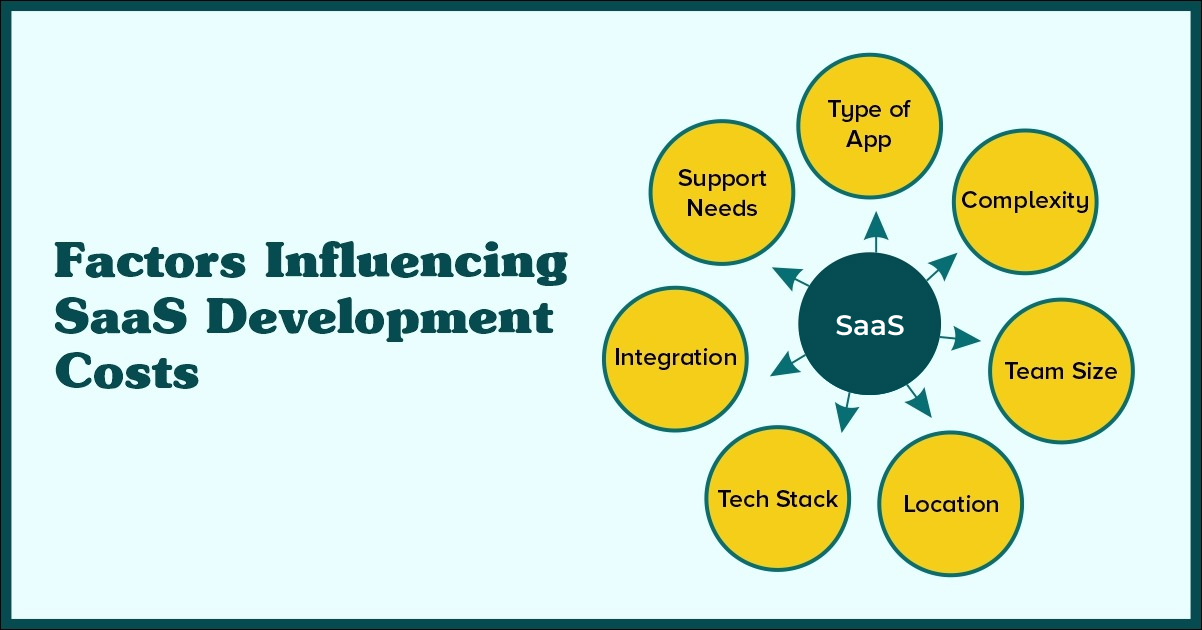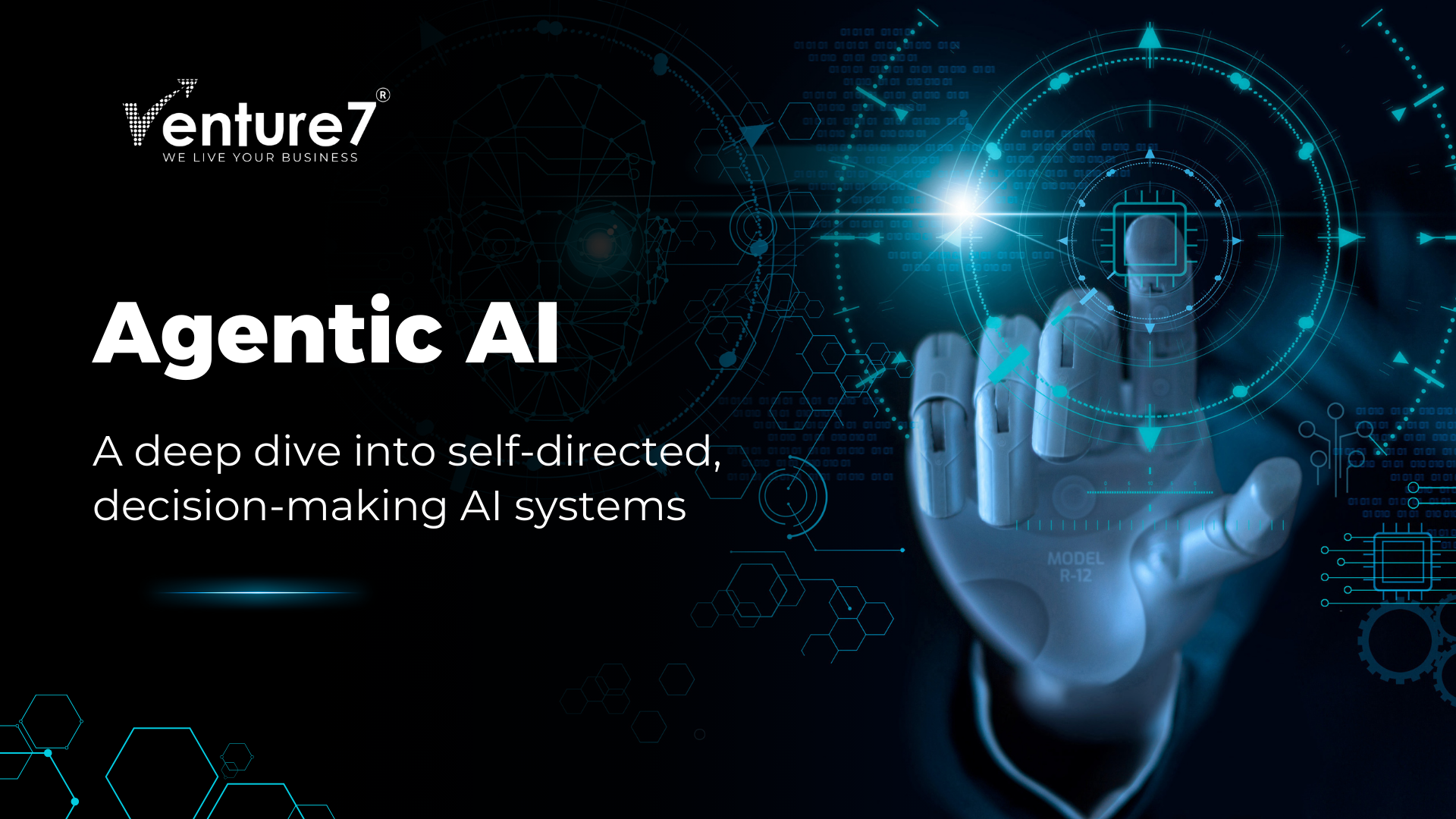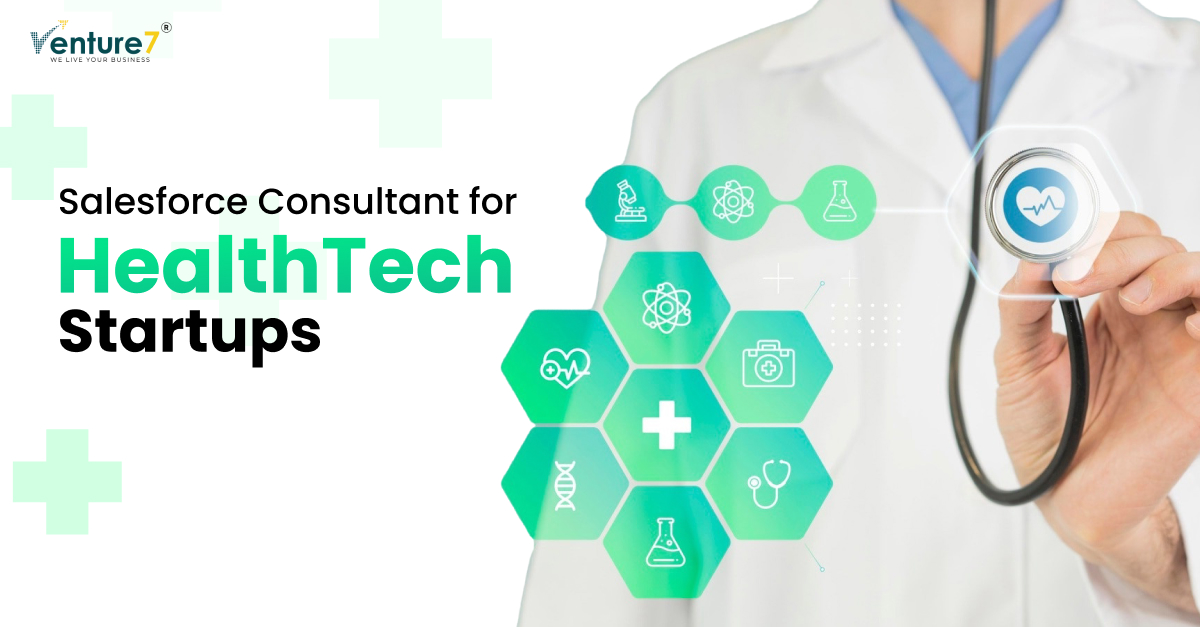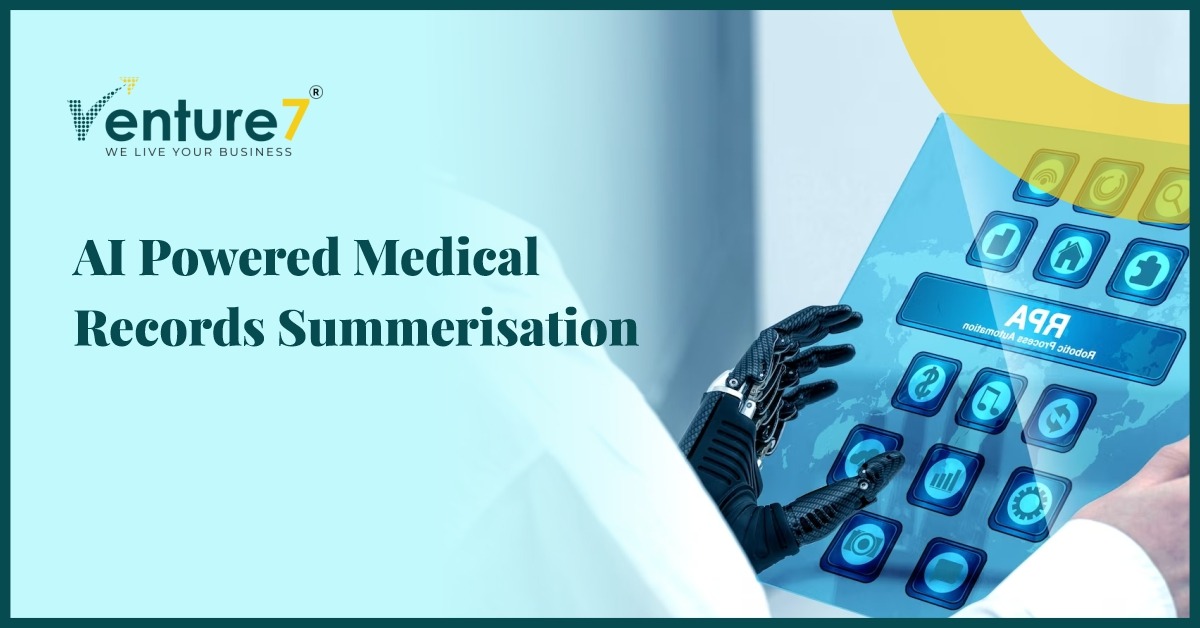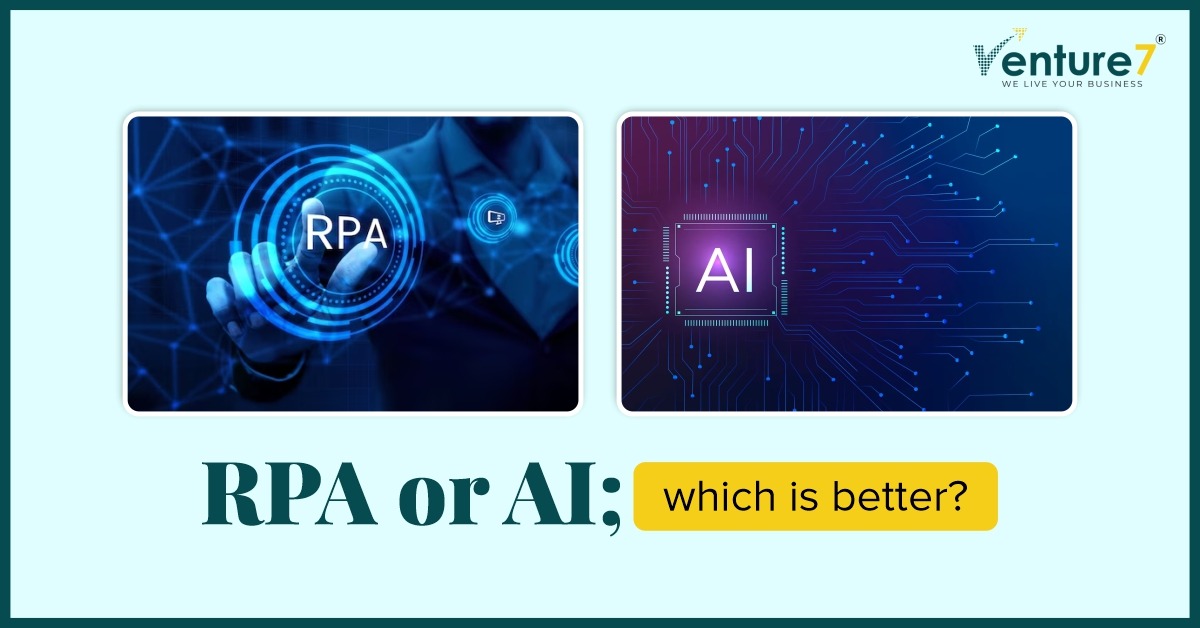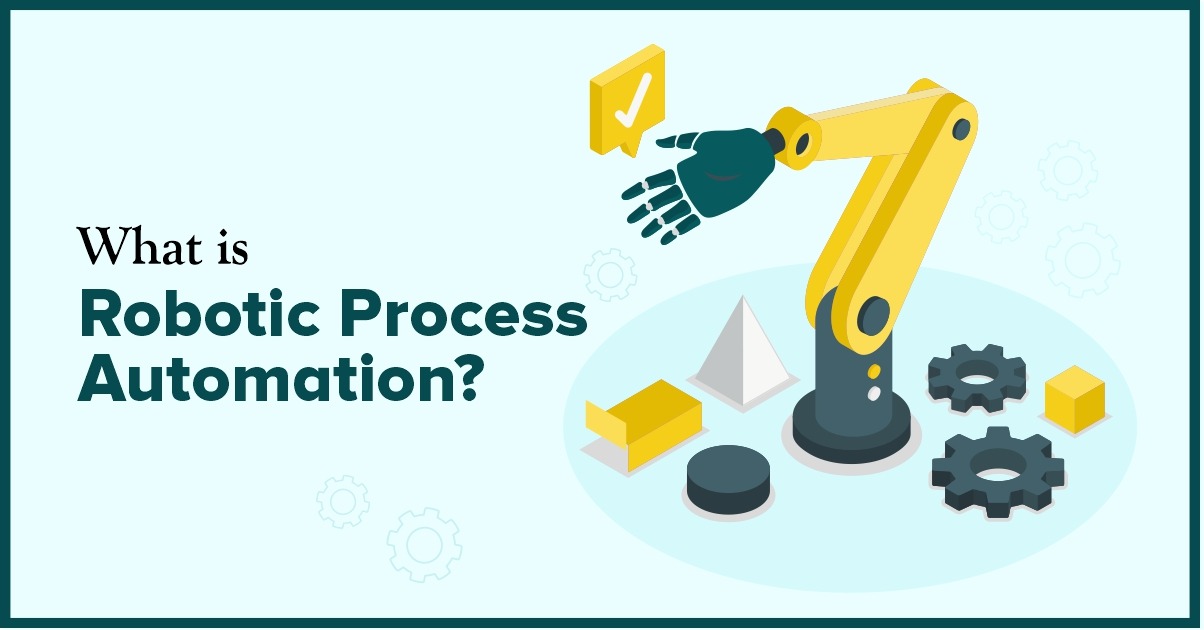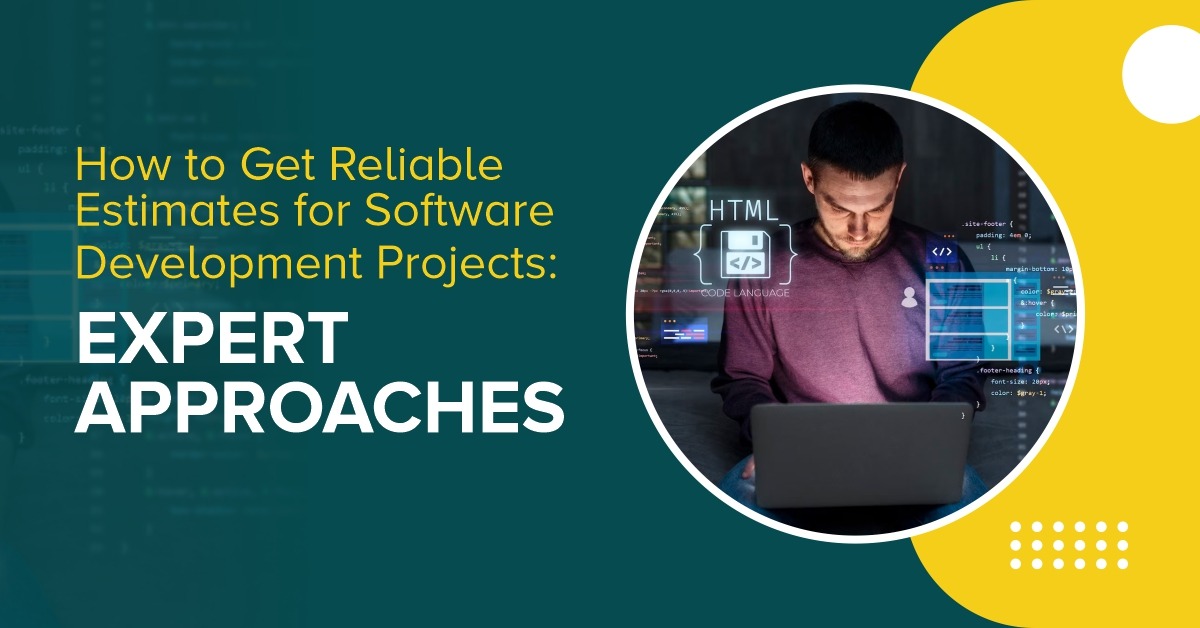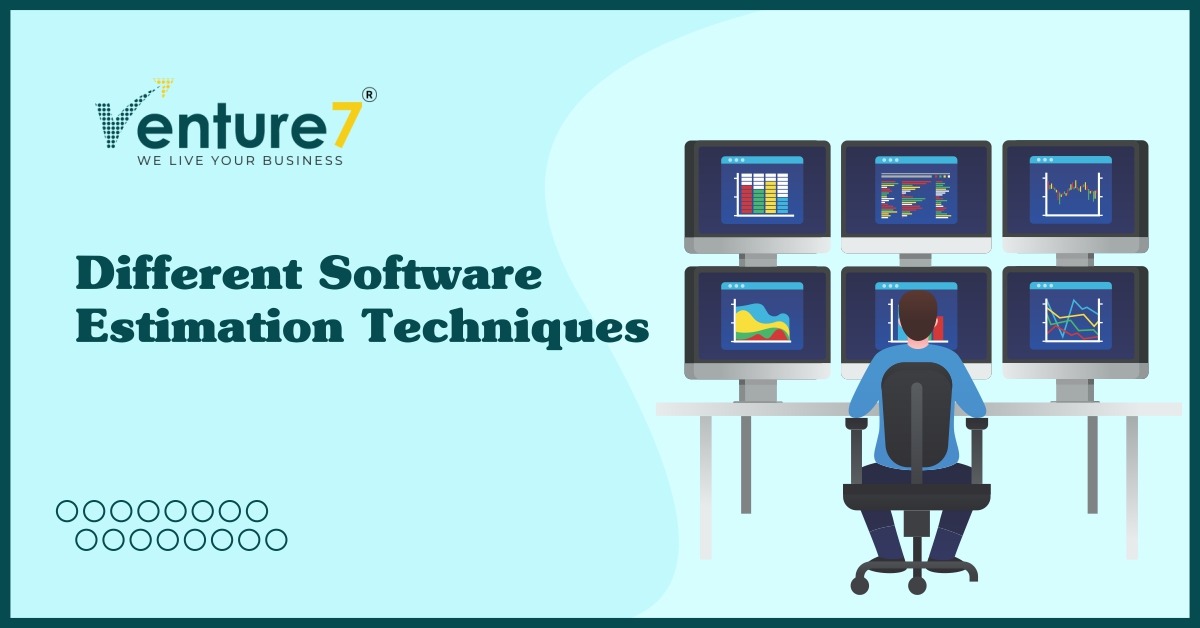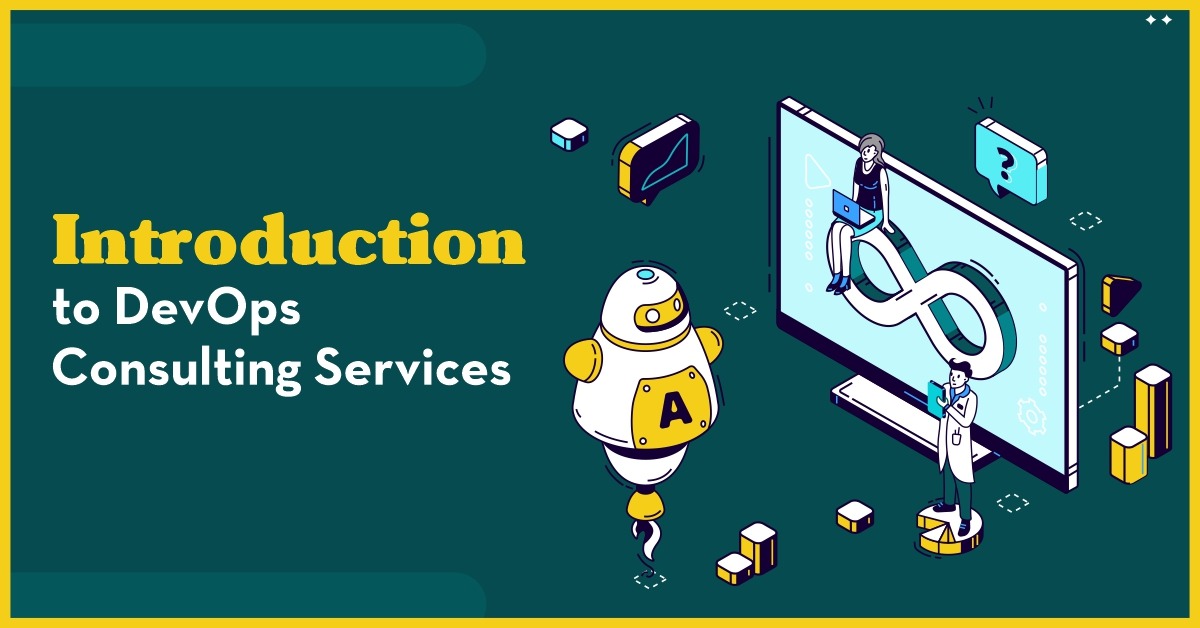How to Build A SaaS Application?
In today’s dynamic business landscape, Software as a Service (SaaS) has emerged as a ubiquitous and highly favoured delivery model for digital products, making it an ideal choice to build a SaaS application. Increasingly, organizations are choosing to deploy their software solutions over the Internet, granting users greater flexibility and scalability. The SaaS market is experiencing remarkable growth, with Statista projecting it to reach a staggering $195 billion in 2023. This enticing figure will pique the interest of business leaders contemplating the development of a SaaS application. Embarking on the journey to build a SaaS product can be daunting, especially if you’re unfamiliar with the process. Building a SaaS product necessitates meticulous planning, strategic thinking, and hands-on development. However, fret not, for this blog post is meticulously crafted to guide you through every step. Whether you’re a startup founder, a seasoned product manager, or an aspiring entrepreneur, our comprehensive guide, founded on our team’s extensive expertise in SaaS app development, will equip you with a profound understanding of what lies ahead. You’ll gain insights into the following key areas: Now, let’s delve into this exciting journey. First, let’s clarify the fundamentals. If you’re unsure about the nature of SaaS applications, they are essentially software solutions that enable end-users to access them via the Internet. Under this delivery model, vendors are responsible for hosting and maintaining the solution on their servers, granting users access through web browsers or specific applications. It eliminates the need for customers to handle installation, updates, or platform maintenance, making it exceptionally convenient. SaaS products have surged in popularity for several reasons. One prominent advantage is the subscription-based fee structure, where customers make recurring payments for system access instead of a one-time licensing fee. This model guarantees creators a predictable stream of income. You’re likely already acquainted with notable SaaS products such as SAP, Zoom, Adobe, Salesforce CRM, and Netflix. These platforms illustrate the pervasive influence of SaaS solutions in our lives. While there are numerous advantages for end-users regarding SaaS solutions, you, as a business owner, are understandably more concerned with the benefits you stand to gain. Here are several advantages to consider: Predictable revenue: The SaaS model simplifies financial management, as customers make recurring payments. Lower customer acquisition costs: Offering trials encourages users to explore your product. Enhanced retention: SaaS flexibility allows customers to upgrade or downgrade, increasing long-term loyalty. Data-driven insights: Continuous internet-based usage provides invaluable business intelligence for refining your offering. Opting for SaaS development promises to create a sustainable, profitable product that consistently caters to your target users’ needs. Key Types of SaaS Applications Before delving into the development process, it’s essential to recognize the various categories of SaaS products. While you may already have a clear vision of your project, understanding these well-established categories can be enlightening: B2B (Business-to-Business) SaaS: In the realm of B2B, SaaS products reign supreme due to the significant advantages they offer to purchasing organizations. These benefits include a swift setup, scalable solutions, flexible payment models, and seamless updates. Common B2B SaaS solutions encompass : B2C (Business-to-Consumer) SaaS: However, not only businesses can benefit from cloud-based solutions. Technologies like.dot net also serve as a contributing factor to it. Consumers often rely on SaaS products, sometimes without even realizing it. Here are some common examples of B2C SaaS tools: The SaaS Product Development Lifecycle Now that you’ve gained an overview, let’s dive deeper into the intricacies of designing and creating a viable SaaS product. The following nine key steps will likely define your journey: However, several factors will influence the estimate: Project complexity plays a significant role, with more complex projects incurring higher development costs. To obtain an accurate estimate, contacting potential IT partners and requesting quotes tailored to your project’s specifics is advisable. This allows for effective comparison and selection of the most suitable vendor. Partnering with SaaS Development Experts: You’re now equipped with a comprehensive understanding of the journey of building a SaaS product and the challenges that may arise. While it’s a demanding endeavour, business leaders should approach it carefully and seek expert support. This is where we come in. The Venture7 team consistently delivers successful SaaS development services across various industries and is ready for your next project. If you require assistance with your SaaS project, we are here to assist.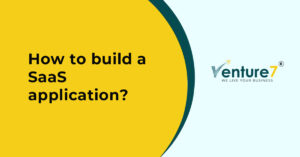
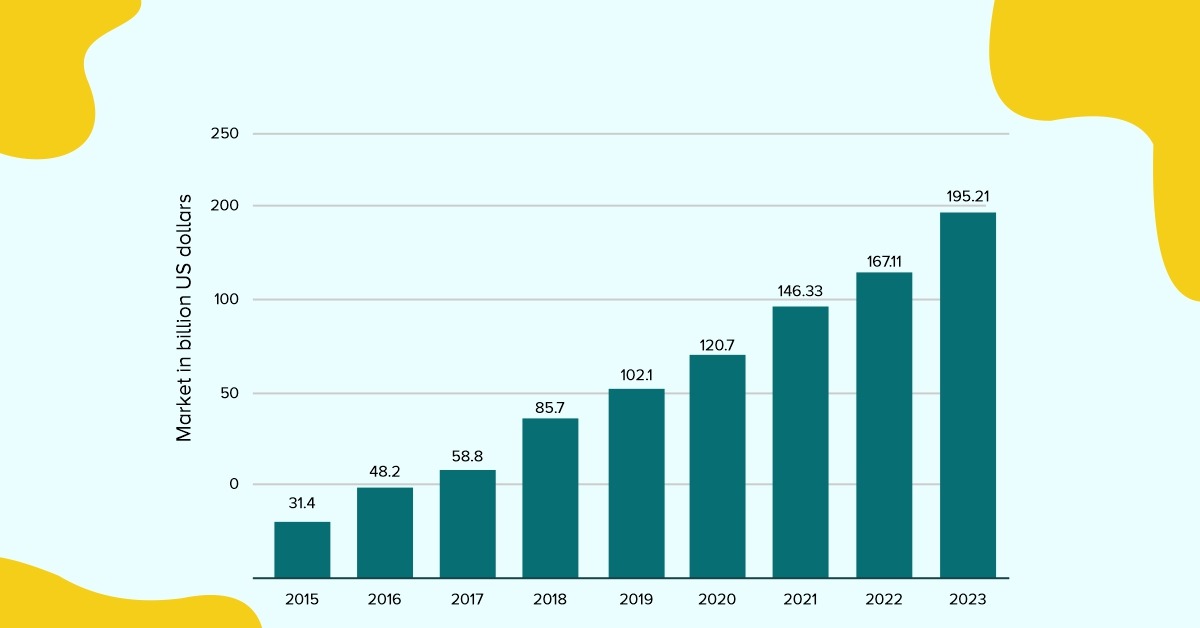
Understanding SaaS
Distinguishing SaaS Products
Examples of Well-Known SaaS Products
Benefits of SaaS Application Development
